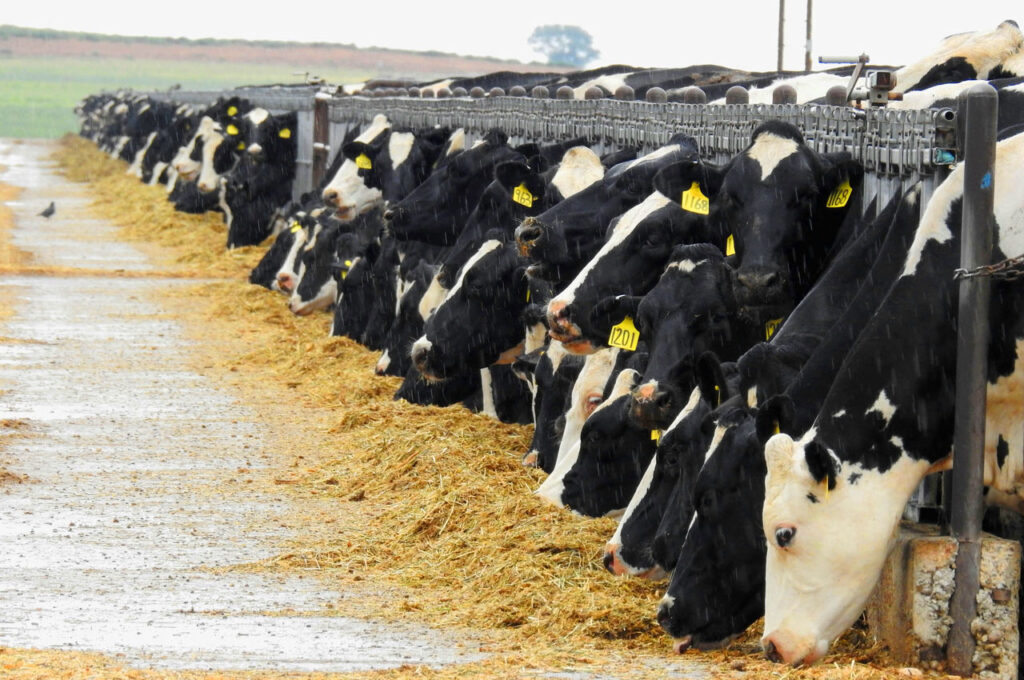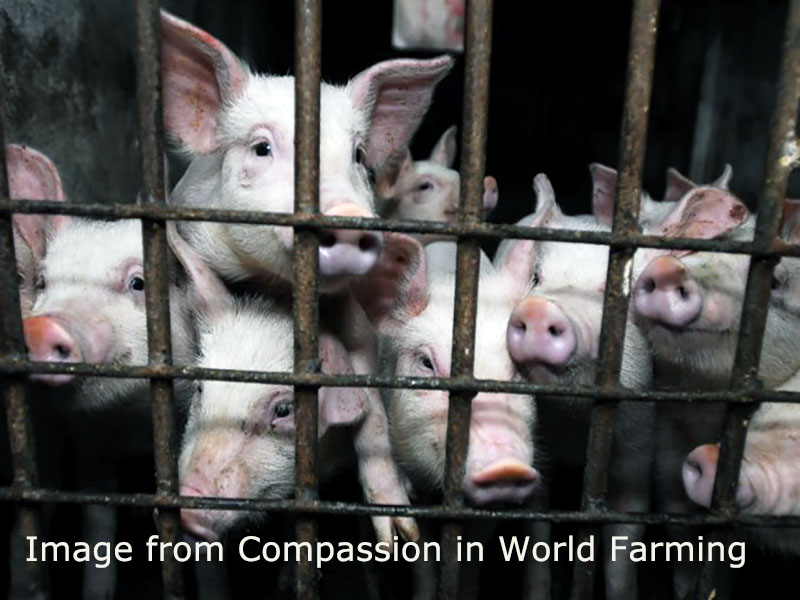It is not difficult to have a conversation with a friend or colleague about the need to cut down on our uses of fossil fuels. It’s easy enough to talk about how we can cut down on our use of cars, or support efforts to build up renewable energy with solar and wind power.
But try having a conversation about another important contributor to emissions and climate change, namely meat production.That’s when the shields go up and the person you are talking to becomes defensive and even angry that you are implying that a change in diet is necessary. We’ve all heard the cliche about “taking away my burger.”
Image courtesy of Salwa Khan

All forms of transportation, and energy used for electricity and to heat and cool buildings, or to run factories are big contributors to harmful emissions, and so is the continued drilling for oil and natural gas. It’s what everyone thinks about when talking about climate change. The implication is that if we take care of emissions from this sector, all will be well.
Not so.What is missing from the equation is agriculture, especially animal agriculture, and land use. Without addressing this sector, we will never be able to lower emissions to a level that makes a positive difference.
What does that mean?
Let’s look at the worldwide demand for meat. It has been growing at a rapid rate. According to the website Our World in Data, global demand for meat has tripled in the last 50 years. Here’s the link: https://ourworldindata.org/meat-production
That means more cows, pigs, chickens, sheep, goats using more land to graze, more land being cleared to host these animals, and to grow food to feed them.That’s right. Most of the land in the United States is used to grow crops for animals, not for people.
When you think about that, it is a very inefficient way to produce food. Instead of eating what we grow, we feed it to animals and continue doing so for months on end, until they get big enough so that we can cut their throats and eat their dead flesh.
The land we clear to grow crops for animals is very often forest land. In the process, we destroy trees, which are carbon sinks, and expose the land to erosion. That is what’s meant by deforestation. Then there is desertification, which is a result of deforestation and overgrazing by livestock. The land becomes dry and literally blows away
Mothering Earth shows that provide in-depth information on related issues:
These are just some of the ways in which animal agriculture contributes to climate change.
But wait, there’s more! Changes in land use and the use of herbicides and pesticides in agriculture also contribute to the death and in some cases, the extinction of species of flora and fauna. Chemicals also kill soil creatures which are vital for healthy soil. The loss of biodiversity is also a contributor to climate change.
Most “food” animals in the U.S. live in factory farms. There they are confined in small spaces, packed in with other animals, living in a bed of urine and feces. As you can imagine, these are not clean facilities and to prevent the spread of disease, animals are given antibiotics in their feed. Antibiotics are also used to grow bigger animals more quickly. The result is a medical calamity, in that there is growing resistance by the bugs we want to kill to many commonly used antibiotics.
Animals pee and poop, and all that material ends up in what are called lagoons, which seep into the ground and into our groundwater. The same material contaminates vegetable crops, resulting in, for example, lettuce with e-coli. Speaking of water, the amount of water used to “grow” a pound of beef is about 2000-gallons, versus a pound of brown rice which uses 250-gallons. As the world population grows, water is increasingly scarce.
Finally, there is the question of what is a healthy diet? Numerous studies over the last 90 years (at least) have shown that people who eat a plant-based diet live longer healthier lives. Many common diseases in the U.S are linked to the American diet, which is heavy on meat, eggs and dairy. These diseases include cancers, diabetes, stroke and heart disease.
More disease means more visits to the doctor, hospital and other parts of a booming medical industry, as well as a booming pharmaceutical industry.

So here’s the list of environmental and human health ills related to the production and consumption of meat:
By the way, did you know that pigs are widely considered smarter than dogs. Would you keep a dog in an enclosure where she was unable to turn around or to sit and where she lived in her own feces and urine for her entire life? Then why is it okay for a pig?
#meat #methane #SaveThePlanet #earbon #climatechange #animalagriculture #animalcruelty
